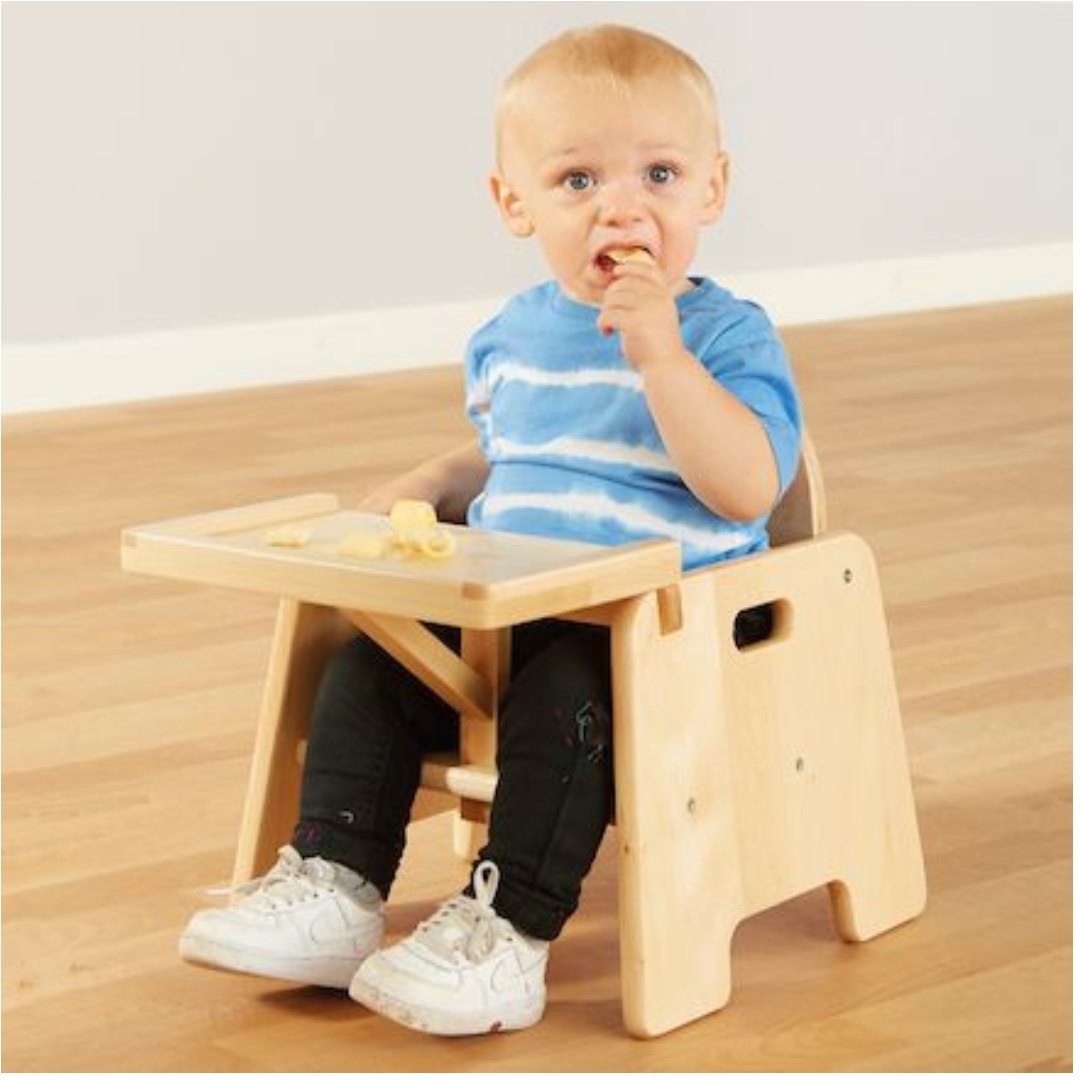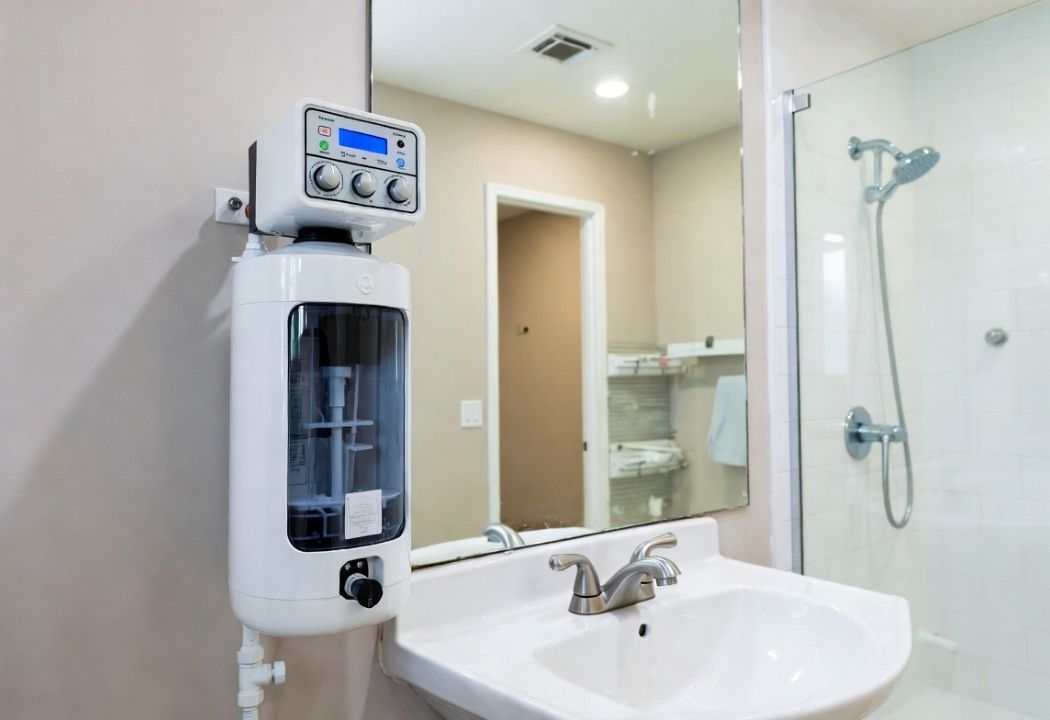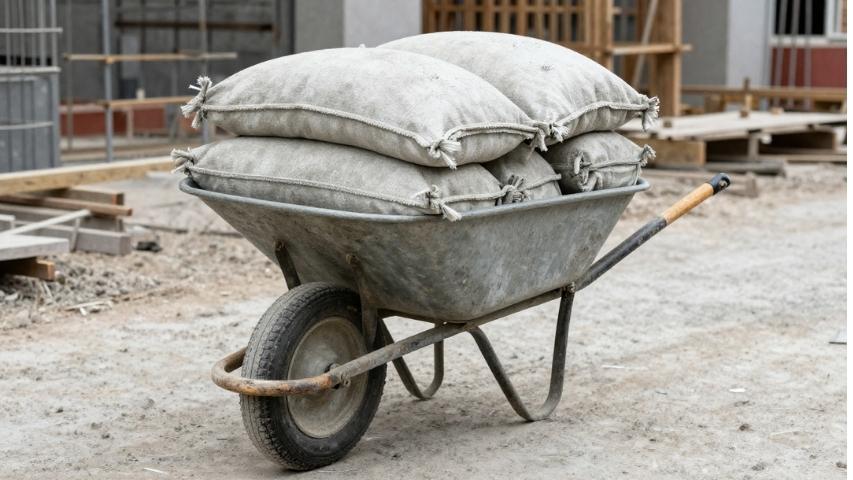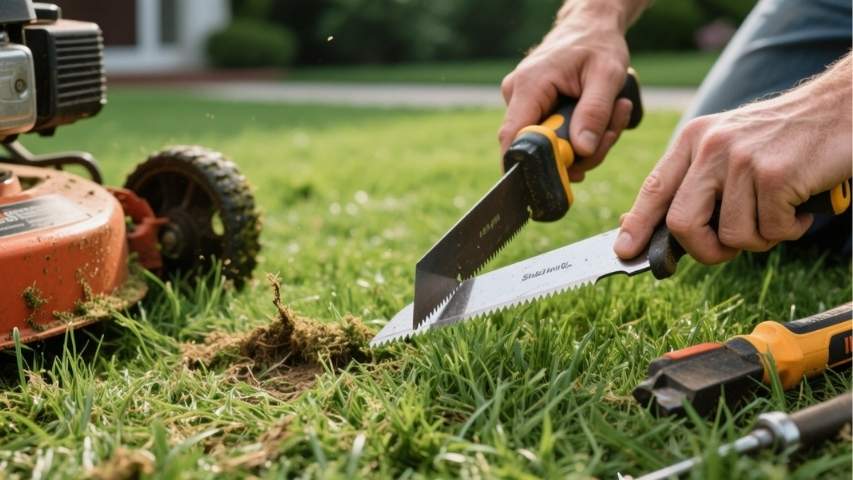Introducing your baby to a high chair is an exciting milestone. It’s about practicality and a significant step as your little one becomes more independent. But when is the right time for your baby to sit in a high chair? What should you look for regarding readiness, safety, and high chair features?
Whether you’re a first-time parent or a seasoned caregiver, this guide will explain the signs of readiness, safe practices, and tips on choosing the best high chair for your baby.
How to Tell if Your Baby is Ready for a High Chair
Knowing when to introduce a high chair is crucial, as it relates closely to your baby’s developmental milestones.
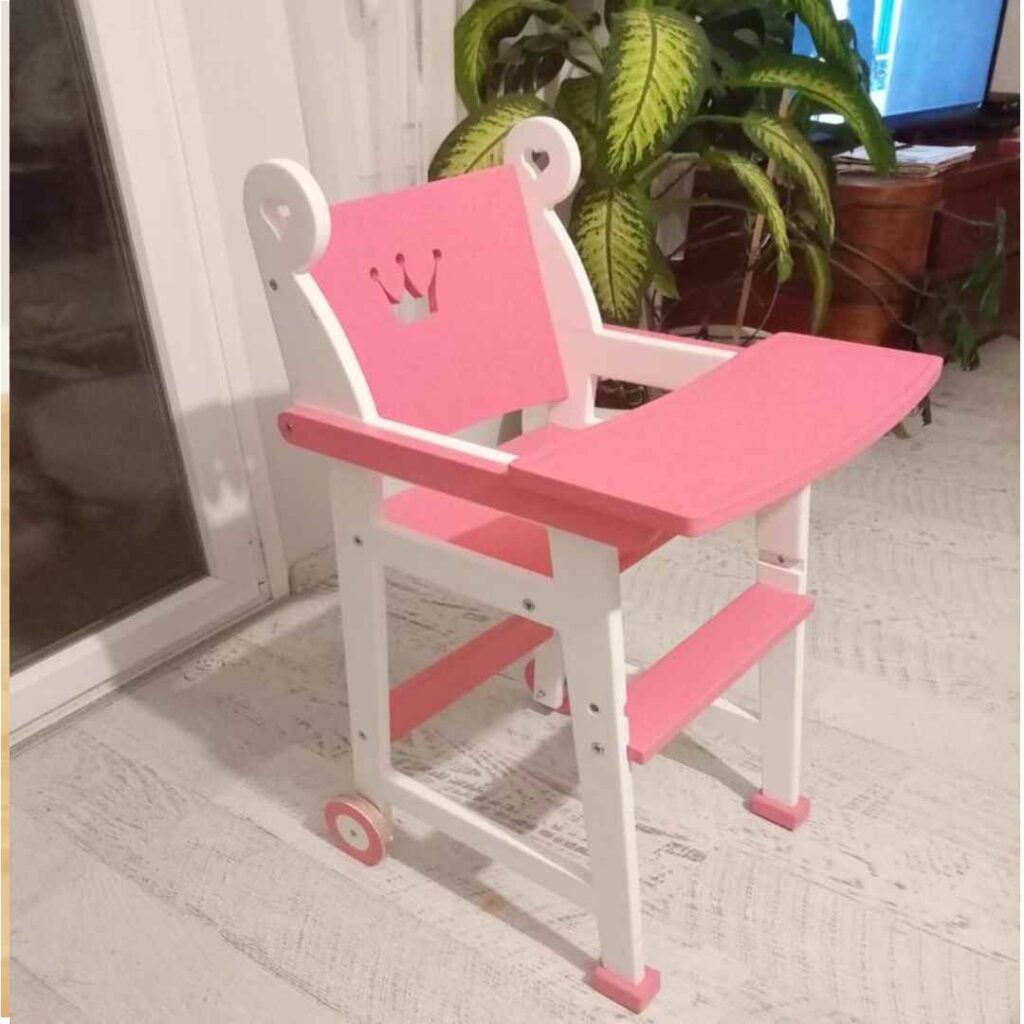
Age Isn’t the Only Factor
Parents often wonder, “Can my baby sit in a high chair at 4 months?” While age can give some indication, every baby is different. Most experts agree that babies are usually ready for a high chair between 4 and 6 months, depending on their developmental progress.
Key Signs Your Baby is Physically and Developmentally Ready:
Strong Head and Neck Control: Your baby should be able to hold their head steady and upright without wobbling.
Sitting Up Unsupported: High chairs are designed for babies who can sit upright without assistance, meaning they can maintain this position for short periods.
Interest in Mealtimes: Does your little one watch you eat or reach for food when you’re at the table? That’s a sign they may be ready to join you in a high chair.
If your baby shows these signs but is younger than 6 months, consult a paediatrician before transitioning to a high chair.
Why It’s Important to Wait for Readiness
Rushing decisions with baby gear can sometimes have unintended consequences. Placing a baby in a high chair before they’re ready can:
- Strain their still-developing muscles.
- This leads to slouching, which can affect their posture and feeding experience.
- Pose safety risks, such as slipping into an awkward position.
Taking time ensures your baby is safe, comfortable, and ready to enjoy their early mealtime experiences.
Choosing the Right High Chair for Your Baby

Not all high chairs are created equal. Here’s what to look for when buying one:
Safety Features
- A 5-point harness is ideal for securing your baby. It includes straps for both shoulders, hips, and between the legs to keep them snugly in place.
- Check for stable base support to prevent tipping over — especially if your baby moves around a lot.
- Look for chairs that meet CPSC (Consumer Product Safety Commission) standards.
Adjustability
- High chairs with adjustable height and reclining options are perfect for growing babies.
- A removable tray can make bringing your baby closer to the family table easier as they age.
Ease of Cleaning
- Babies are messy eaters! Choose a high chair with machine-washable seat covers and easily wipeable surfaces.
Portability
- Do you need a chair for small spaces or a travel-friendly option? Foldable high chairs or portable clip-on chairs are lifesavers for busy parents.
Longevity
- Some high chairs become toddler boosters or regular chairs as your baby grows. These multi-functional options are worth considering for long-term use.
How to Introduce Your Baby to a High Chair
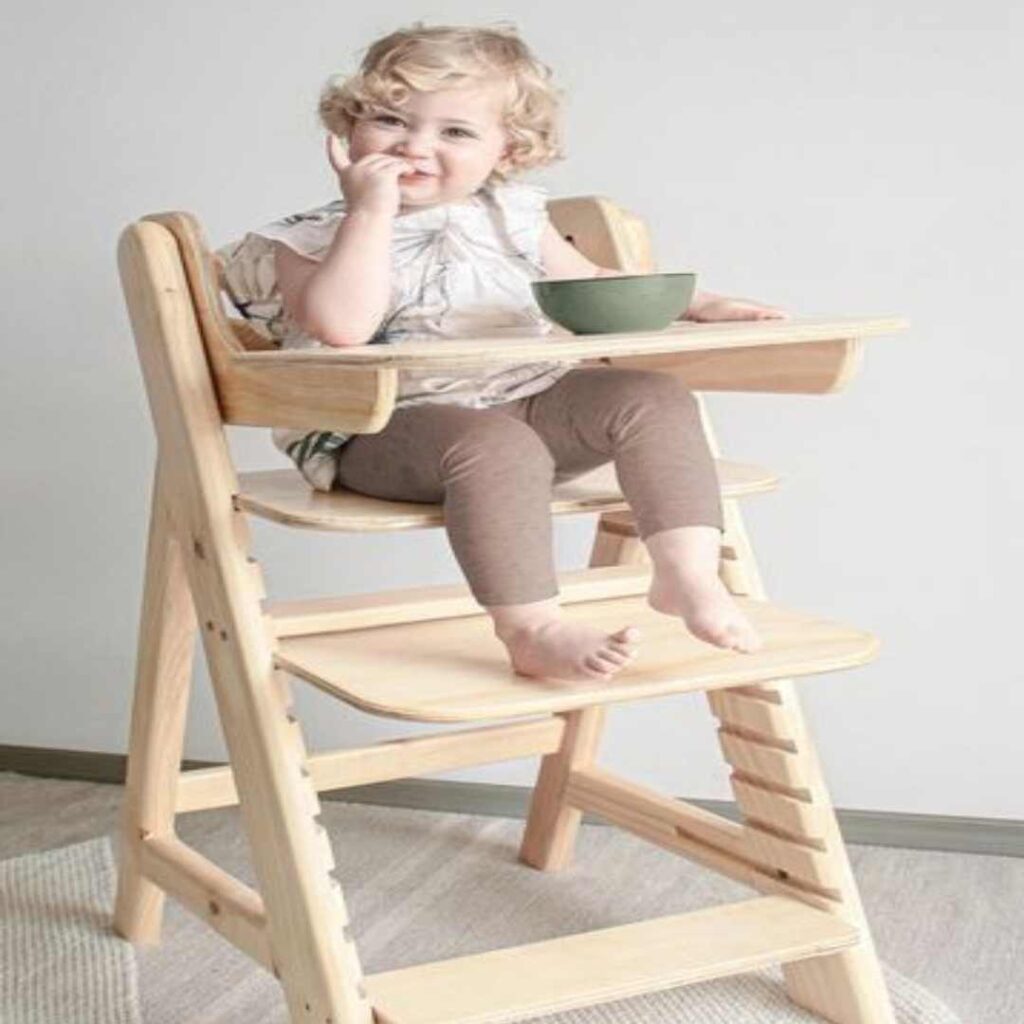
Transitioning to a high chair should be a gradual and positive experience for your baby.
Ease Into It
The first time you place your baby in a high chair, keep it short — just a few minutes. This can help them get used to the new position without becoming overwhelmed.
Make It Fun
Toys or favourite objects can help your baby feel more at ease in their chair. Avoid starting with food until your baby is comfortable sitting upright.
Practice Mealtimes
Once your baby sits happily in the high chair, begin with soft, easy-to-swallow foods like purees. Always supervise during mealtimes to ensure their safety.
Set a Routine
Consistency helps babies adjust quickly. Incorporate the high chair into your mealtime routine so they associate it with eating and family time.
Safety Tips for Using High Chairs
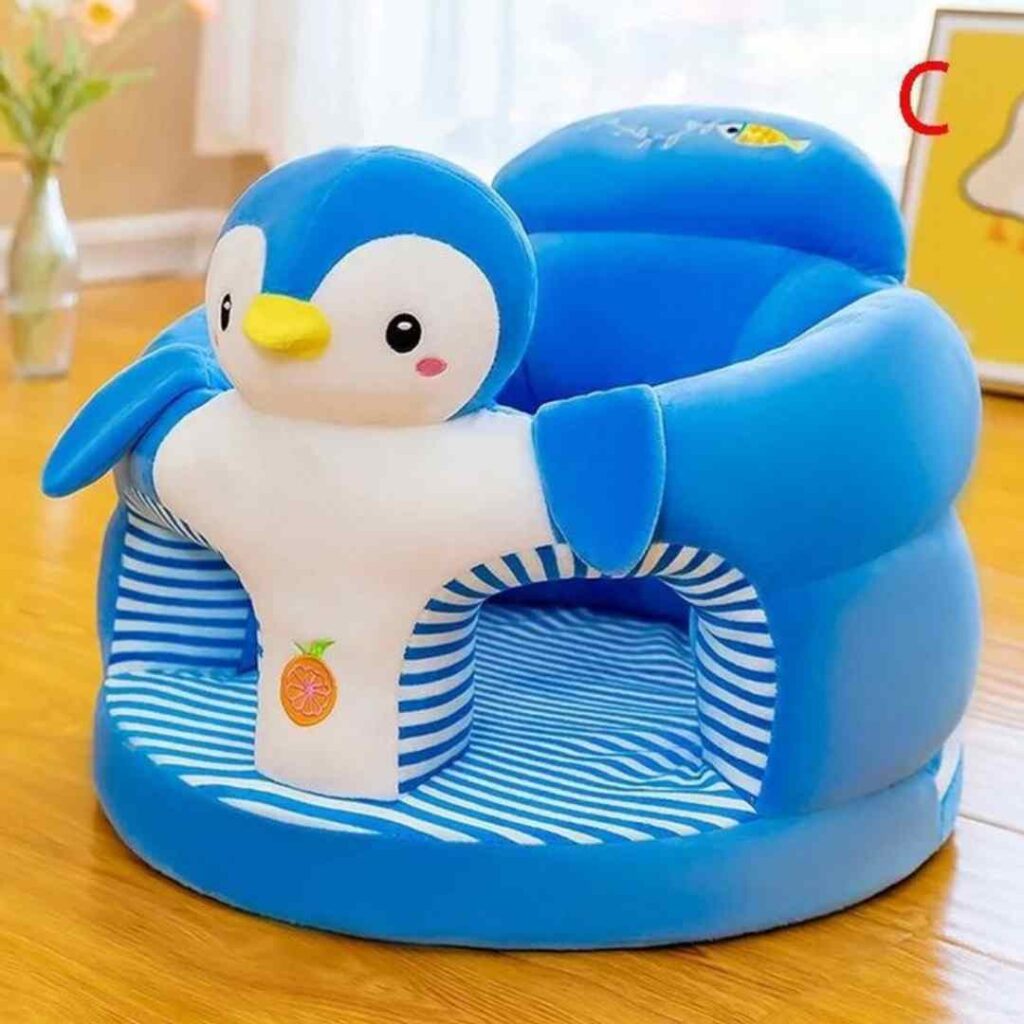
Baby-proofing doesn’t end with choosing the safest high chair. Here’s how you can maintain safety during every use:
Always Strap Them in
Even if their torso seems stable, always use the high chair’s safety harness to prevent sliding or tipping risks.
Position the Chair Properly
Place the high chair on a flat, solid surface—do not use unsafe floors or uneven rugs, which can destabilize the chair.
Avoid Placing the High Chair Near Hazardous Areas
Keep the chair away from countertops, stoves, or sharp objects to eliminate potential dangers.
Supervise at All Times
A curious baby only takes a second to wiggle and fall out. Sit close by during feedings, and don’t leave them unattended.
Use the Brake Locks
Ensure the wheels are locked for high chairs with wheels before placing your baby in the chair.
Benefits of Using a High Chair Early
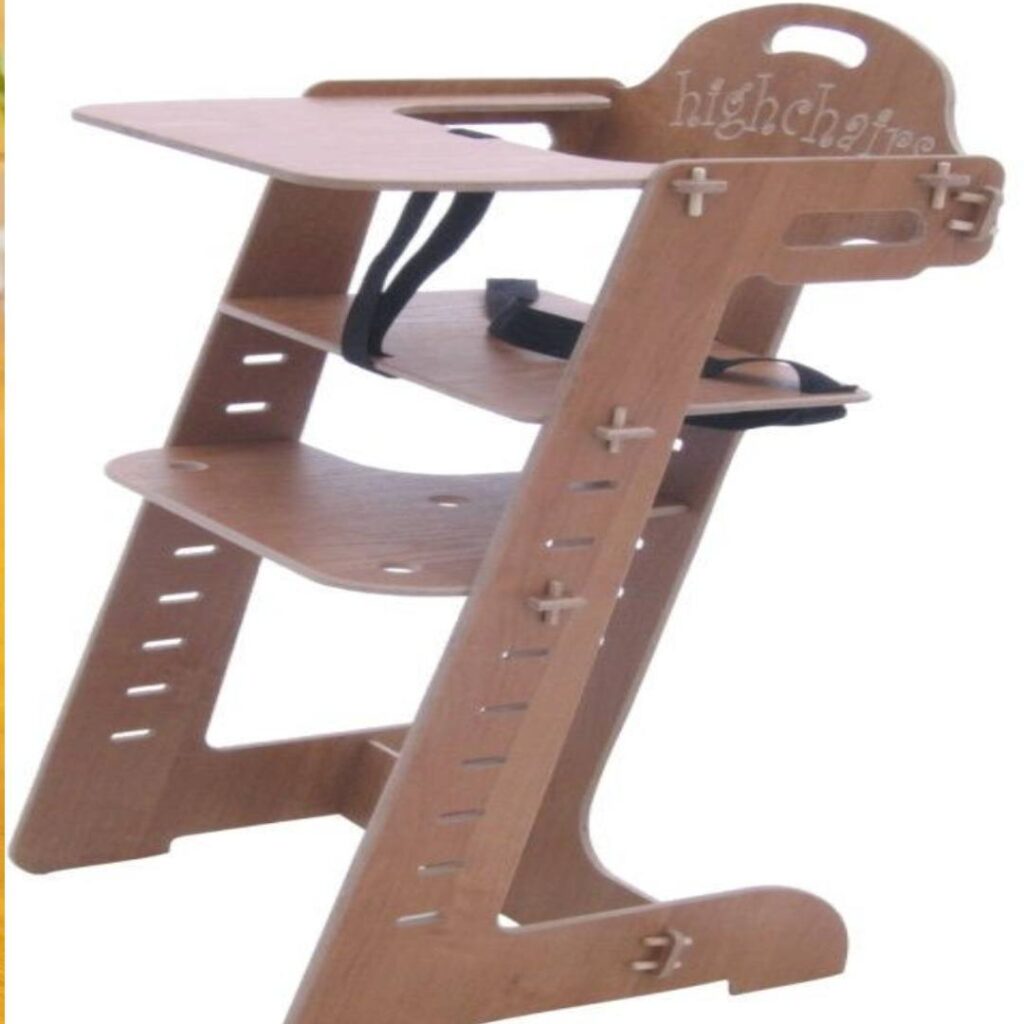
When you’re ready to introduce a high chair into your parenting routine, you’ll soon realize it’s one of the most versatile baby essentials. Here’s how it can make life easier:
Encourages Independent Eating
Your baby will start associating the high chair with meals, which forms the foundation for self-feeding habits.
Enhances Family Mealtime Bonding
With your baby at the table, they’ll feel like part of the family, nurturing social and behavioural development.
Supports Proper Posture
A high chair promotes good posture, which is essential for safe swallowing and digestion.
Fosters Exploration
Babies are naturally curious. Sitting up safely while exploring food textures and tastes is a big step in their development.
What If Your Baby Isn’t Interested?
Not all babies are eager to sit in a high chair from day one. That’s okay! Here’s what you can do:
- Start with brief sessions and gradually increase the time.
- Use positive reinforcement, like clapping when they sit in the chair.
- If they’re still resistant, consult your paediatrician to rule out any physical discomforts or underlying issues.
It’s All About Timing and Safety
Introducing your baby to a high chair isn’t just logistics — it’s about creating a safe and enjoyable environment for their first meals. By watching for readiness signs, choosing a high-quality chair, and taking proper precautions, you’re setting the stage for successful and happy mealtimes.
Want more guidance? Check out our curated list of top-rated high chairs with user reviews! If you still have questions, contact your paediatrician for personalized advice tailored to your baby.







